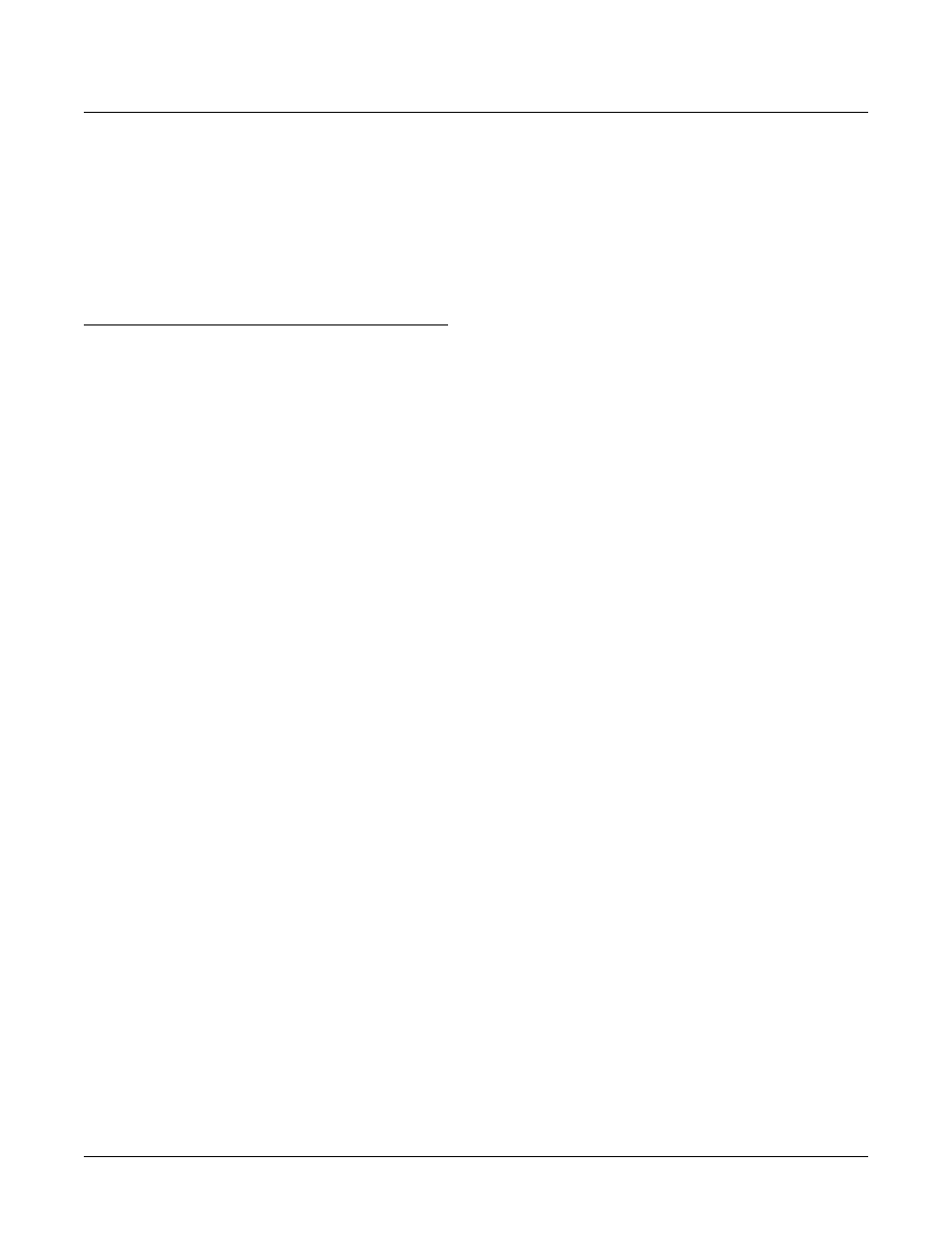Remote Processing RPC-220 User Manual
Page 36

ANALOG INPUT
SECTION 11
Page 12-3
MEASURING HIGHER VOLTAGES
Voltages higher than + 5V are measur ed by inserting a
series resistor to the input. A r esistor can be connected
directly to the STB-20.
The table below shows resistor values for typical input
voltages using the 0-5V range.
Maximum
Input Voltage
Resistor
6
20K
12.5
150K
24
380K
Use the following formula to determine the series
resistance necessar y for a m aximum voltage input:
Rs = Vi * 20000 - 100000
0 - 5V range
Rs = Vi * 40000 - 100000
0 - 2.5V r ange
Rs is the re sistor value in ohms in ser ies with the inpu t.
Vi is the maximum input voltage. W hen the result of
your ca lculation is negative or zer o, a series r esistor is
not necessary.
Adding a series resistor increases the source impedance
beyond recomm ended values. A wa y to compensate for
this is to put a capac itor at the line at J1 . T his
effectively makes an RC filter. A 0.001 m fd or greater
c a pa c it or i s a d eq u at e . T hi s d o es li m it th e sy s te m s
frequency response.
NOTE: When an input voltage exceeds the input range,
other channel values are affected.
Measuring 4-20 mA Current Loops
Curr ent loops are a convenient way to transmit a value
and still assure the integrity of the signal. If the line
should break, a 0 volts (or nearly so) is returned.
A 4-20 ma curr ent loop is converted to 1 - 5V by placing
a 250 ohm resistor across the input of the chan nel to
ground.
Since the measurement range is 1 to 5V, the count range
is reduced by 20% to 819.
